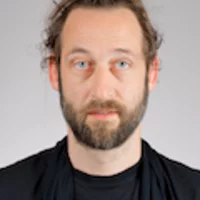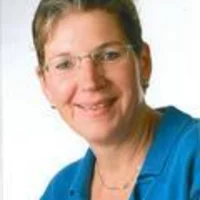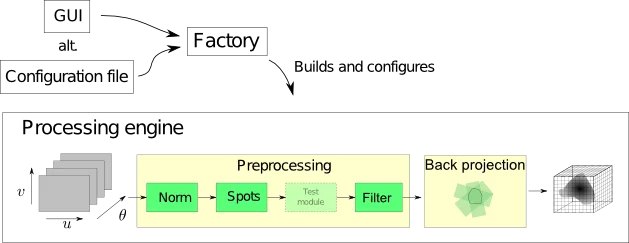Scope of project
Computed tomography (CT) is an every day task at the neutron imaging beam lines of the SINQ. The acquired data must be processed after the acquisition to convert the projection data into a volume image that reveals the three-dimensional spatial distribution of linear attenuation coefficients. We want to have a detailed control of this processing step and also be able to add our own processing steps to the data. This can only be done if the source code of the CT reconstruction software is available or at that at least an open application-programming interface is provided.
One part of this project concerns the development of a flexible framework for CT reconstruction. The software has a graphical user interface as front end to the user. The back end is chain processor that has two parts, pre-processing and back-projection, the user can arbitrarily configure both parts. Thanks to an open API, the user can add his own modules and still benefit from the GUI.
The other part concerns the processing options themselves. Here, the different processing modules are defined and developed. The framework can also handle data set from different acquisition schemes.
Key features
- Parallel and Cone-beam reconstruction.
- Pre-processing modules to reduce artifacts like rings and lines.
- Laterally truncated projections are reconstructed without artifacts on the perimeter.
- Irregular angular increments are handled. This is useful to reduce the impact of motion artifacts and opens the possibility to do spatio-temporal evaluations of the CT data.
- GUI to guide the user to find the reconstruction parameters.
- Binaries available for 64-bit Windows, MacOS, and Ubuntu Linux.
Technical information and download
Technical information on the on-going progress and download link can be found on the ImagingScience4Neutrons web page. We are soon publishing the source code as open-source on GitHub.
Publications
Journal Articles
- A.P. Kaestner, MuhRec - a new tomography reconstructor, NIMA, 2011, DOI: 10.1016/j.nima.2011.01.129
- A.P. Kaestner, B. Muench, P. Trtik, and L.G. Butler, Spatio-temporal computed tomography of dynamic processes, SPIE Optical Engineering, 50(12), 2011,DOI: 10.1117/1.3660298
Conference Contributions
- A.P. Kaestner, MuhRec - a CT reconstructor for NI users, Talk presented at WCNR-9, Kwa Maritane, South Africa, 2010.
- C. Carminati and A.P. Kaestner, MuhRec - A reconstruction tool for neutrons and X-rays, Poster presented at the iCTMS2017, Lund, Sweden, 2017


